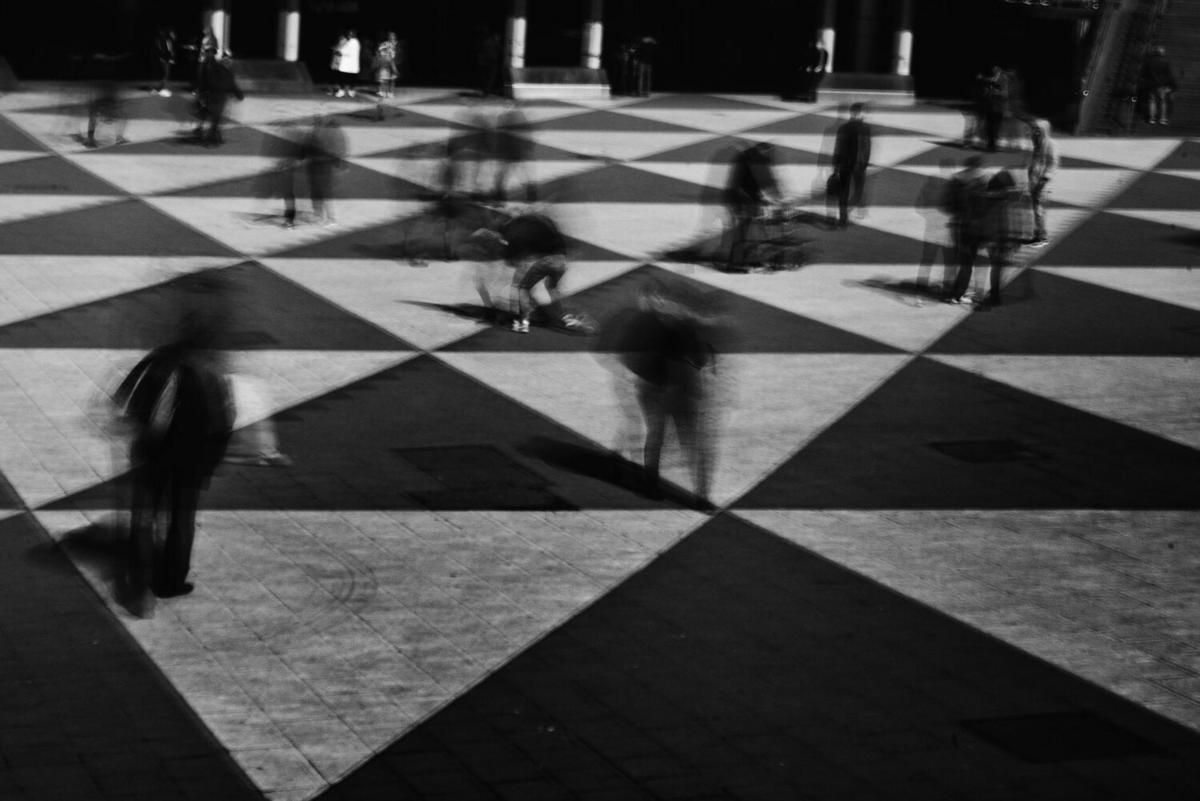
Understanding Composition: The Rule of Thirds in Photography
Photography is a dance with light and composition, and one of the most compelling steps in this dance is understanding the Rule of Thirds. This fundamental principle in photography helps artists create balanced and engaging images that draw the viewer’s eye and tell a story.
The Rule of Thirds is a guideline for composing visual images that can greatly enhance the aesthetic appeal of your photographs. It involves dividing an image into nine equal segments by two equally spaced horizontal lines and two equally spaced vertical lines. The key elements of the composition are then placed along these lines or at their intersections.
Why the Rule of Thirds Matters
Understanding the Rule of Thirds can transform your photography. As the renowned photographer Ansel Adams once noted, ‘There are no rules for good photographs, there are only good photographs.’ Yet, guidelines like the Rule of Thirds can help photographers develop a keen sense of balance and harmony.
Expert Opinions
“The Rule of Thirds is a starting point for photographers, helping them to understand the importance of composition in creating compelling images.” – Steve McCurry
Research Findings
Studies in visual perception indicate that images following the Rule of Thirds are more likely to engage viewers. This is because the human eye naturally gravitates towards intersection points rather than the center of the frame.
Personal Experience with Composition
When I first started experimenting with photography, I struggled with how to frame my shots. Applying the Rule of Thirds, however, immediately improved my compositions by adding dynamism and interest.
Actionable Tips for Using the Rule of Thirds
- Activate grid lines on your camera to help visualize the Rule of Thirds.
- Place the horizon on the top or bottom third of the image, rather than in the middle.
- Position key elements like eyes or focal points at the intersections of the grid lines.
- Experiment with breaking the rule to see how it affects the mood and balance of your image.
Table of Composition Techniques
| Technique | Description | Use Case |
|---|---|---|
| Rule of Thirds | Divide image into thirds, placing elements on lines/intersections | Portraits, landscapes |
| Golden Ratio | Uses Fibonacci sequence for natural composition | Architecture, nature |
| Leading Lines | Lines that lead the eye to the subject | Street photography |
| Framing | Using elements to frame the subject | Portraits, nature |
| Symmetry | Balance with mirrored elements | Architecture, nature |
| Depth | Creating a sense of depth in the image | Landscapes |
| Negative Space | Utilizing empty space for balance | Minimalist photography |
| Patterns | Repetition of elements for visual interest | Abstract, macro photography |
Frequently Asked Questions
What is the Rule of Thirds?
The Rule of Thirds is a composition guideline that suggests dividing the image into nine equal segments and placing key elements along these lines or their intersections.
Why use the Rule of Thirds?
It helps create balanced and harmonious images, making them more engaging to viewers.
Can the Rule of Thirds be broken?
Yes, while it is a helpful guideline, breaking it can lead to innovative and creative compositions.
Conclusion
Incorporating the Rule of Thirds into your photography can enhance your compositions and elevate your work. As you practice and experiment, remember that rules are meant to be adapted to suit your personal style and artistic vision. For further exploration, consider checking out resources from renowned photographers and photography courses online to deepen your understanding of composition techniques.


